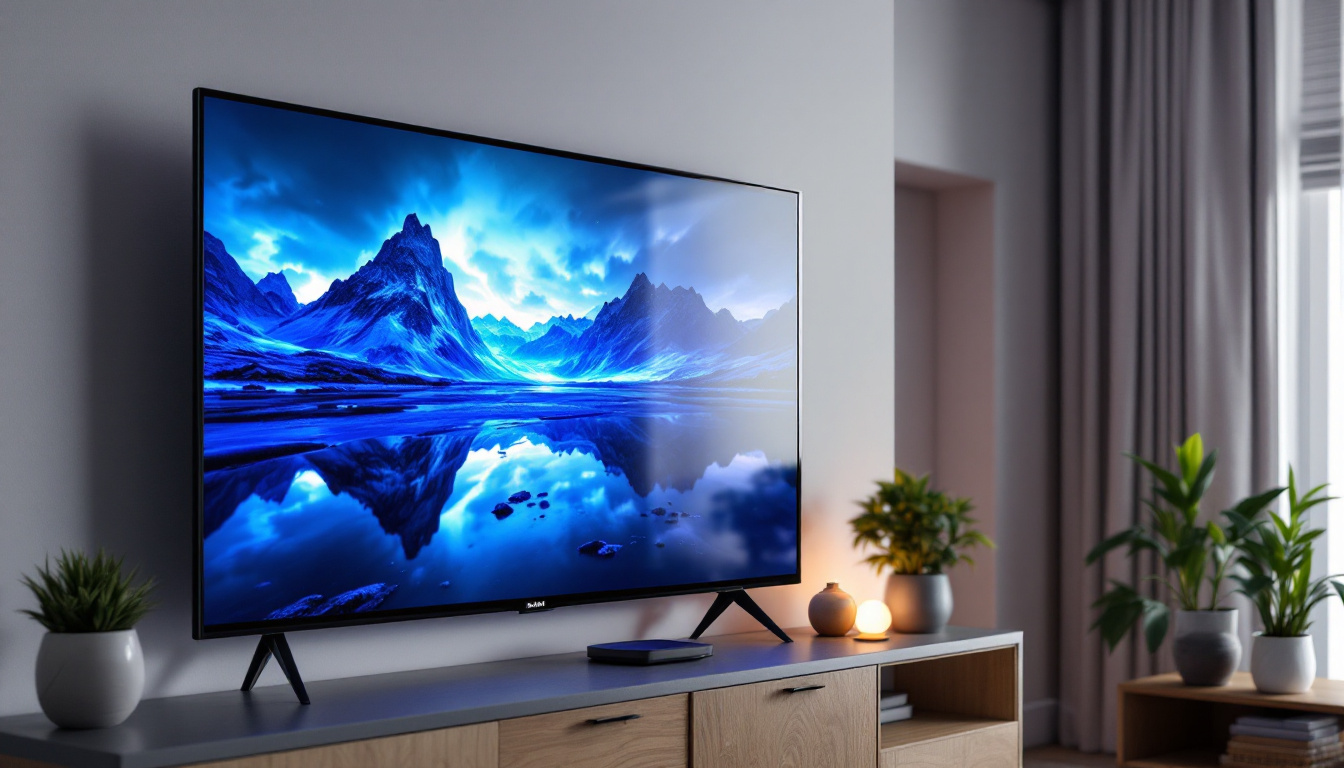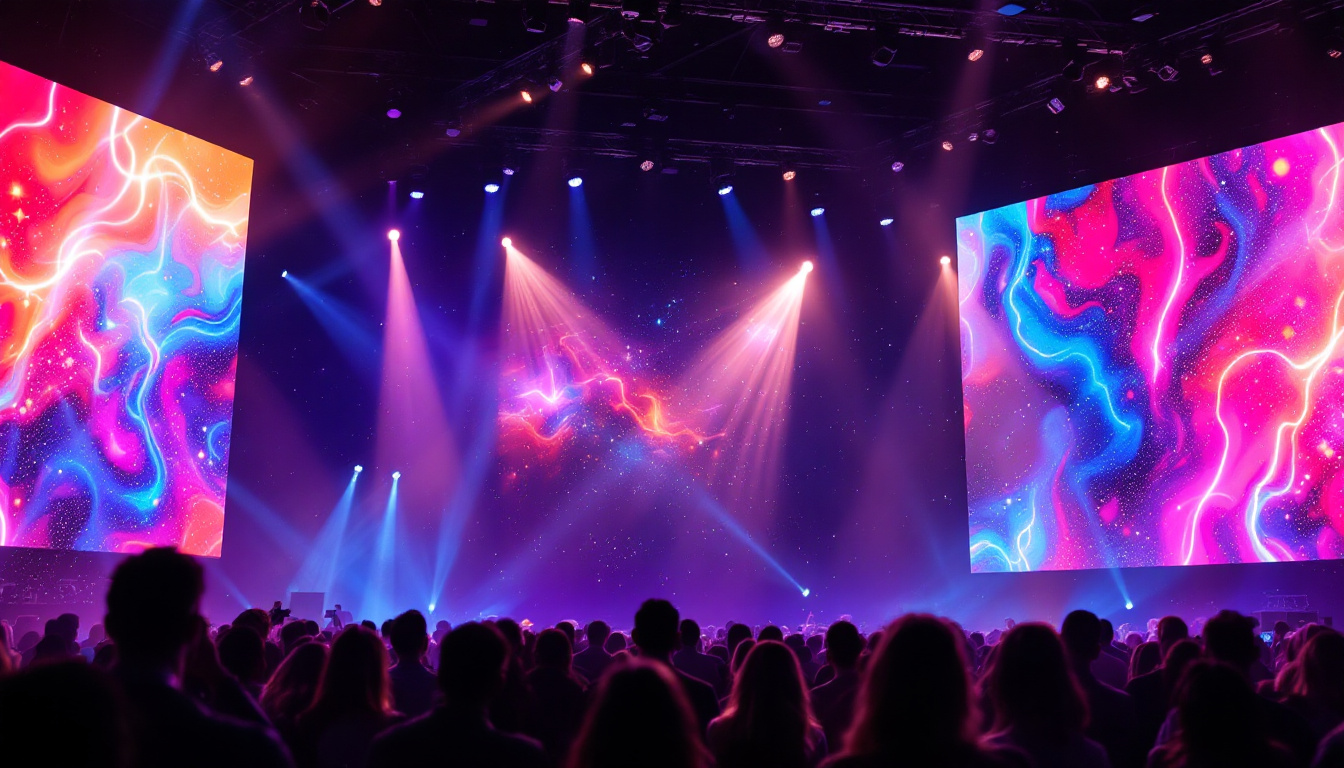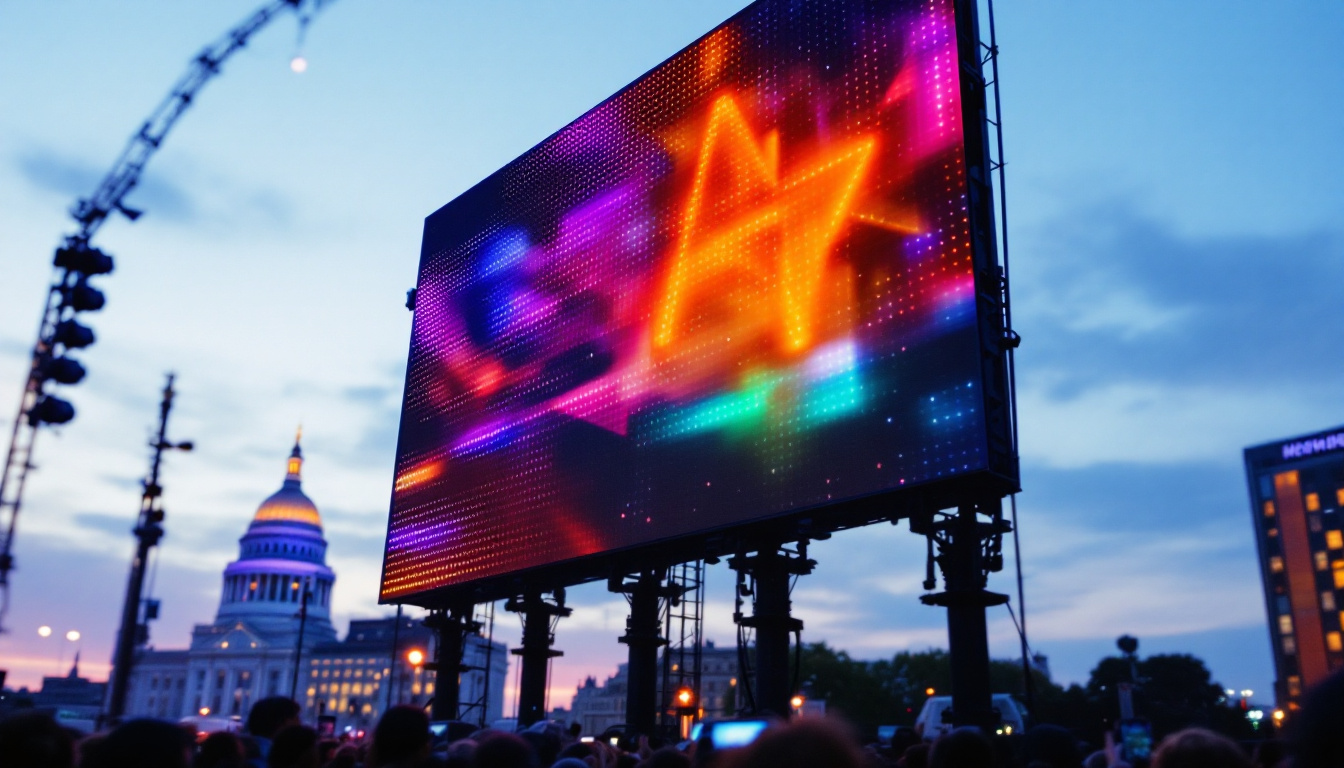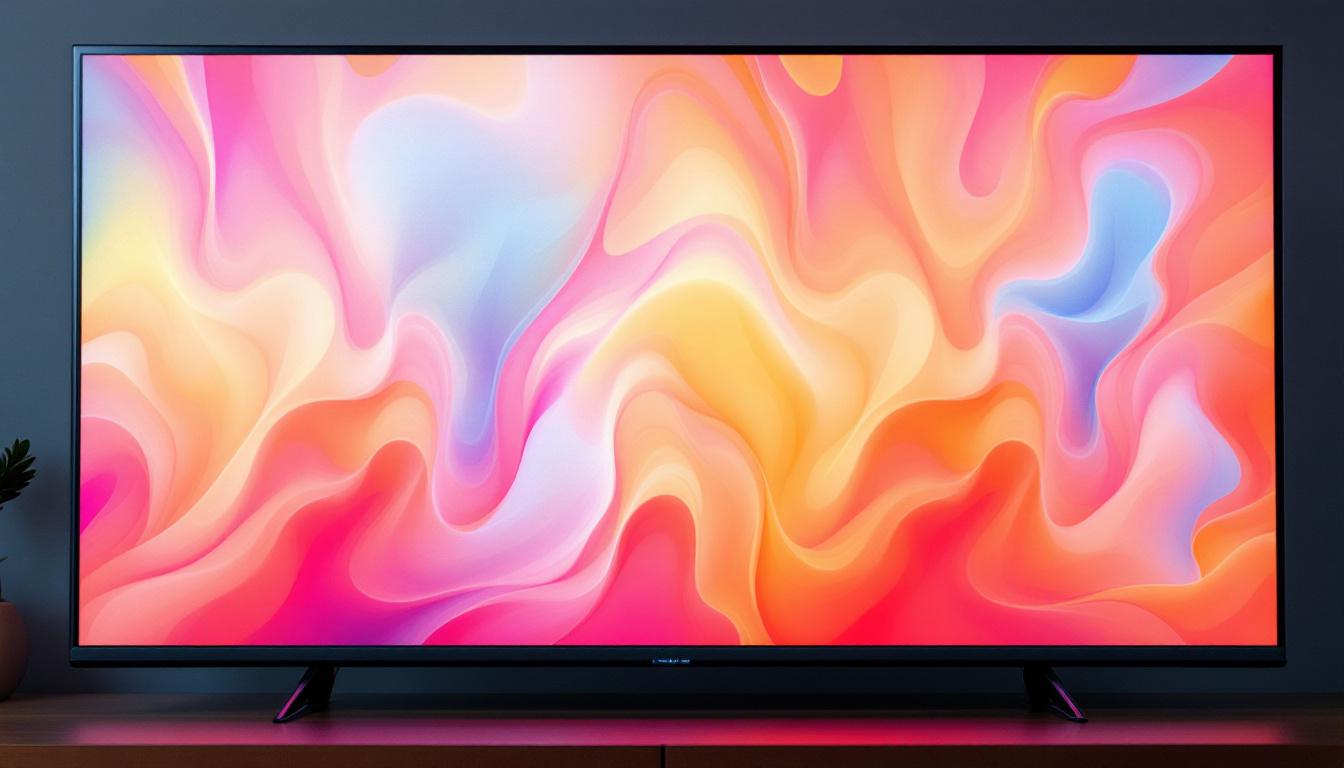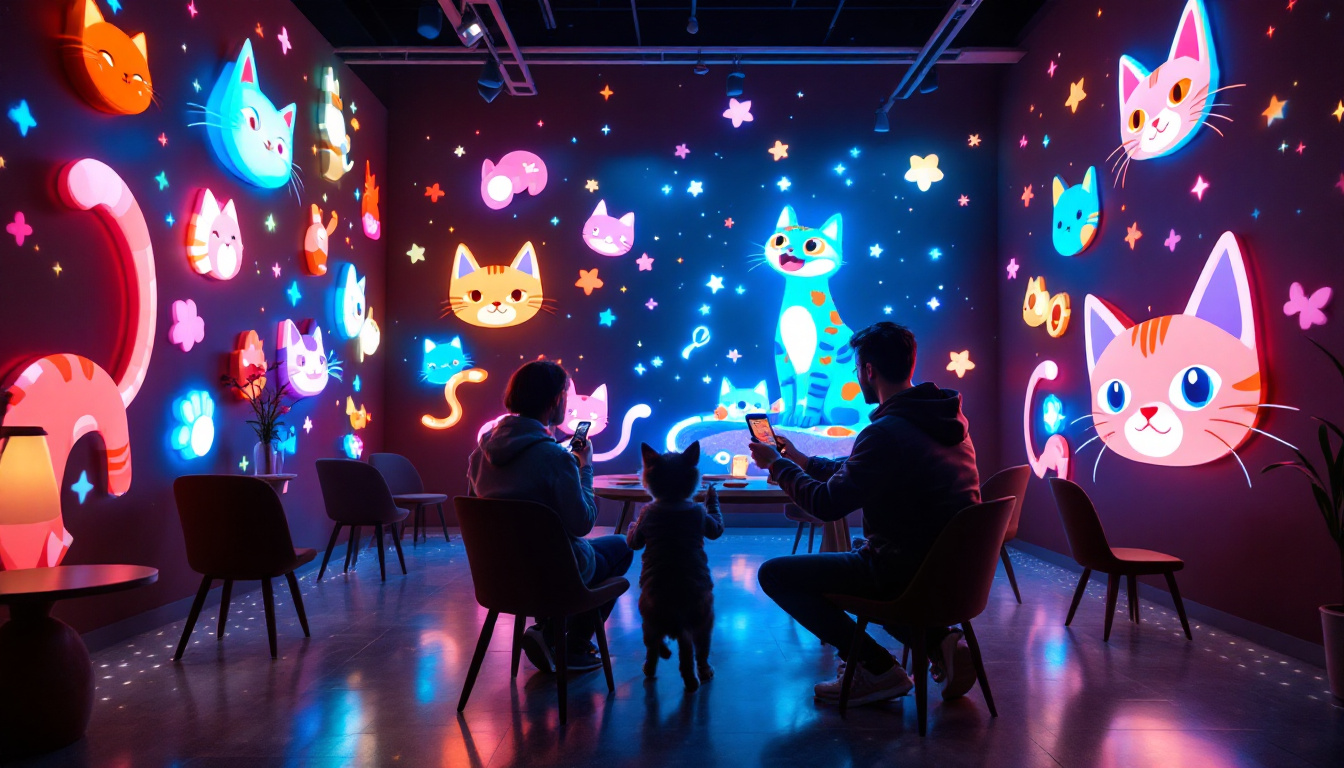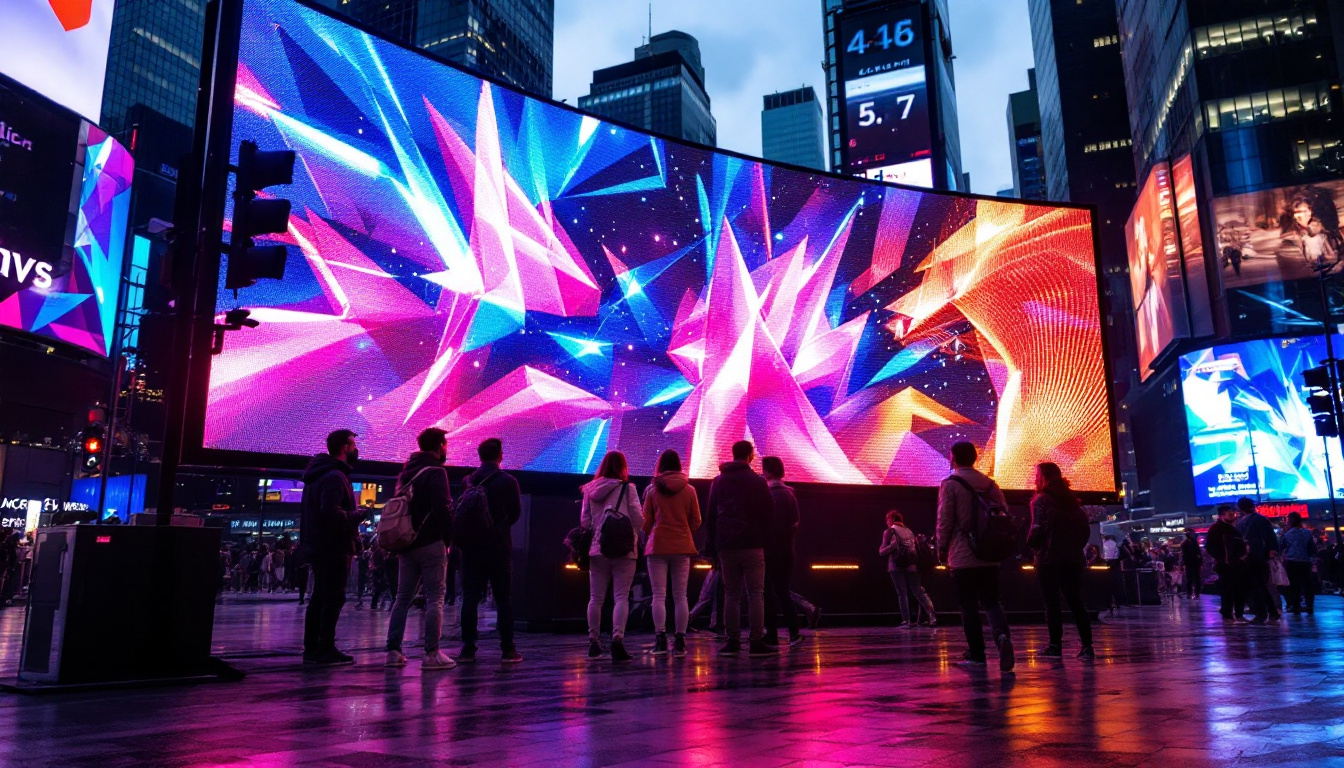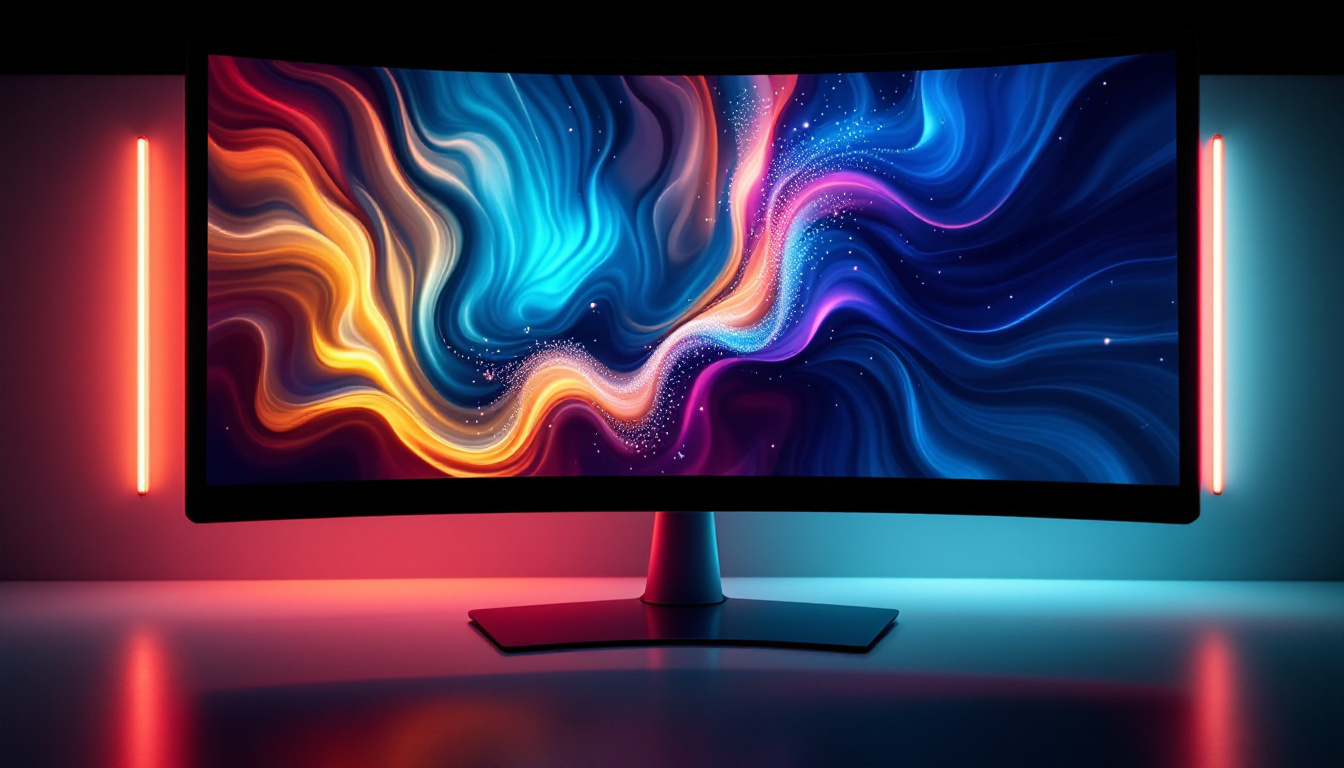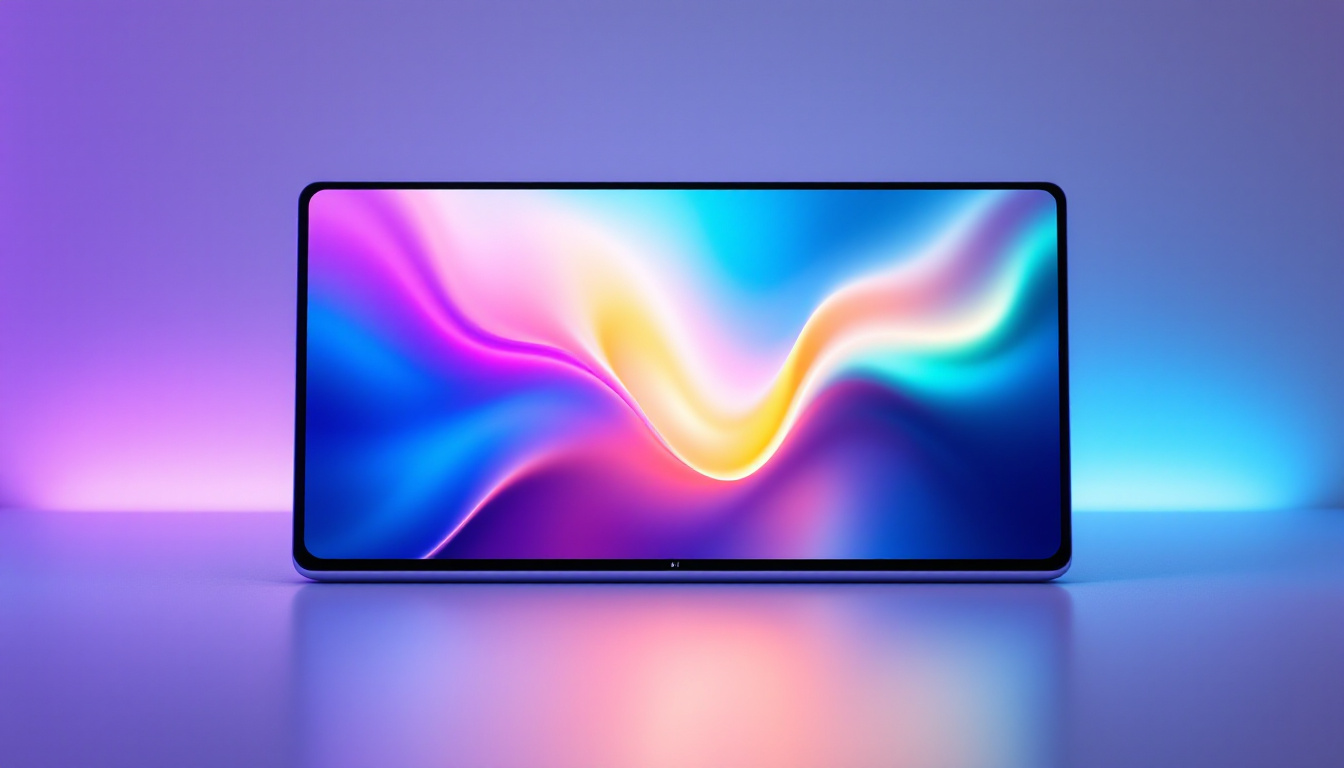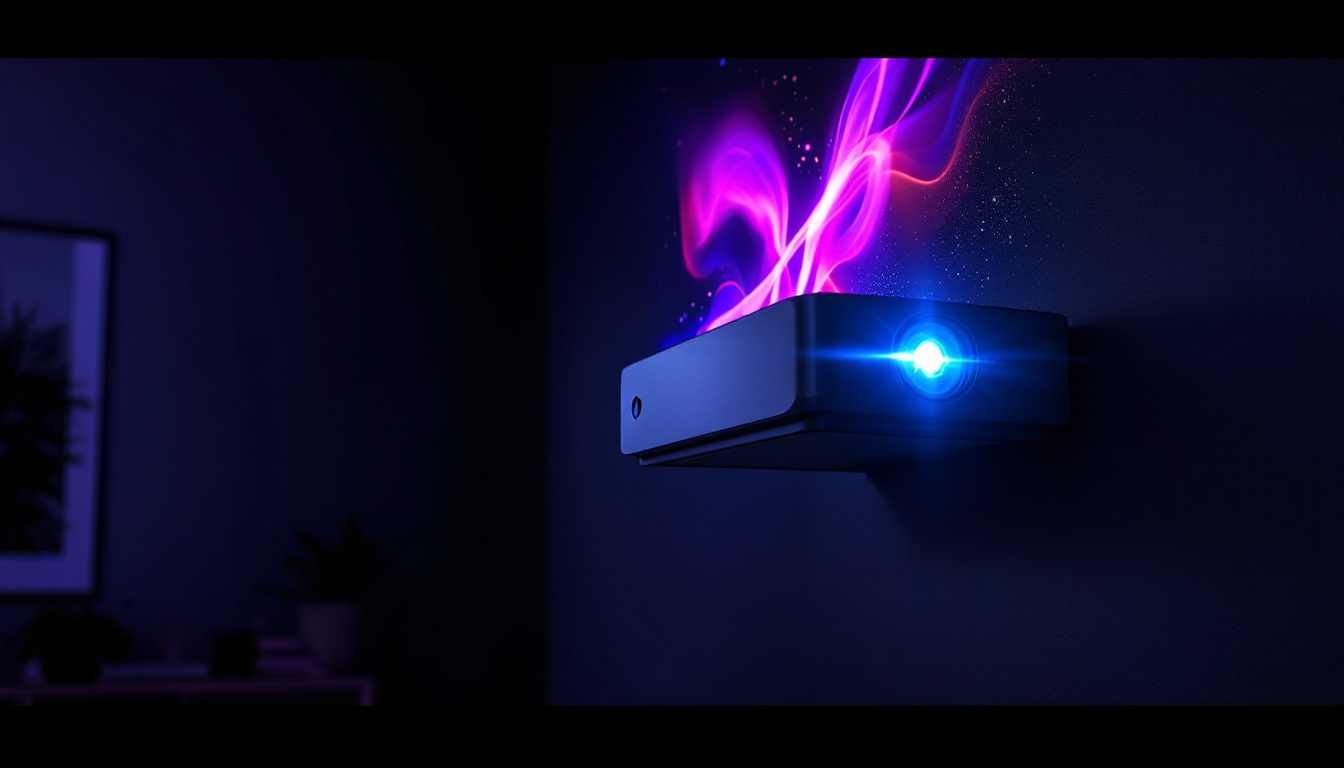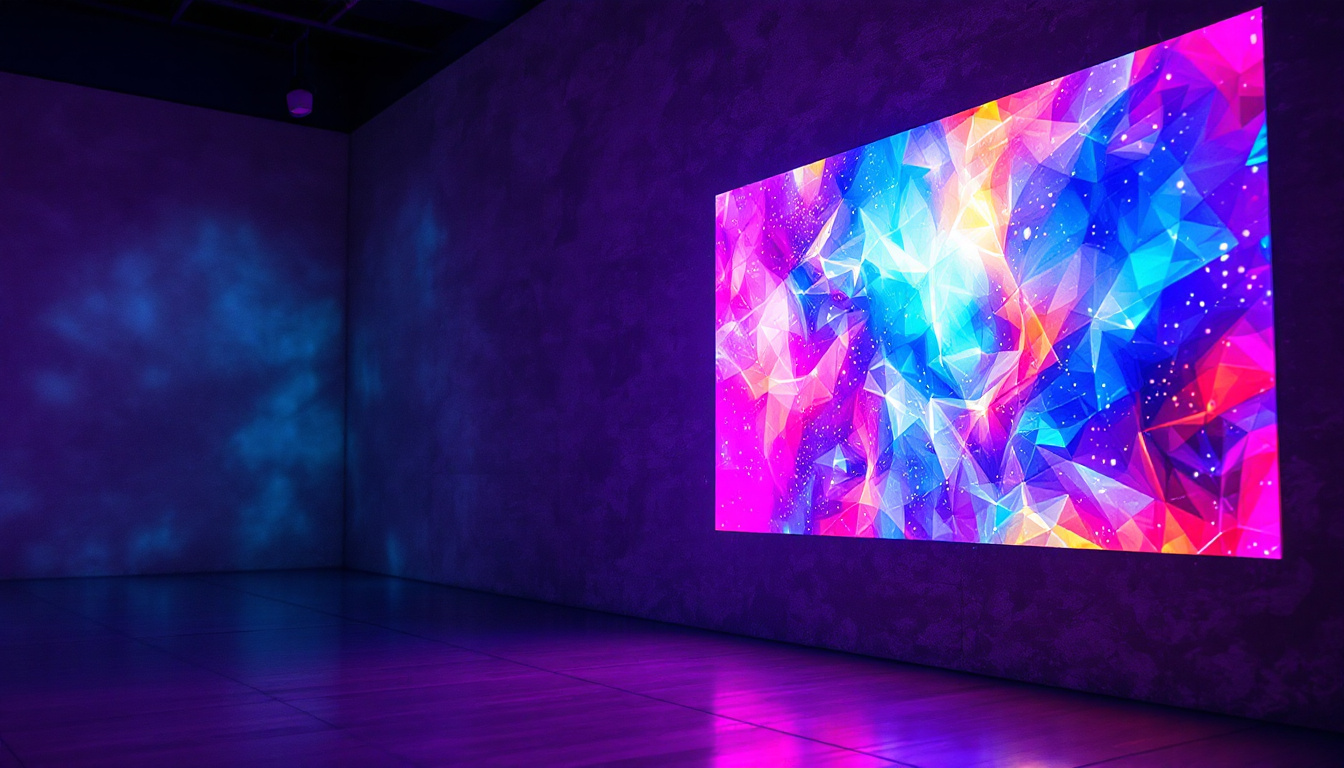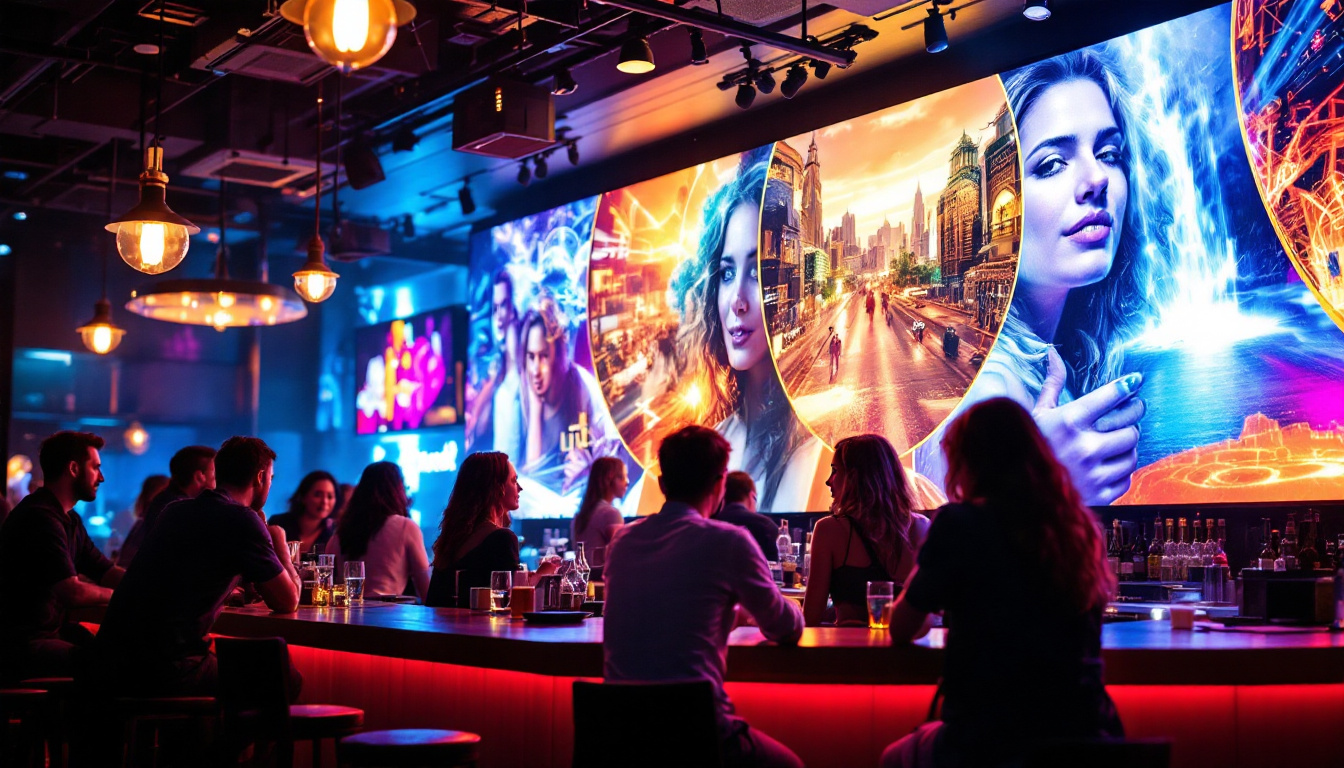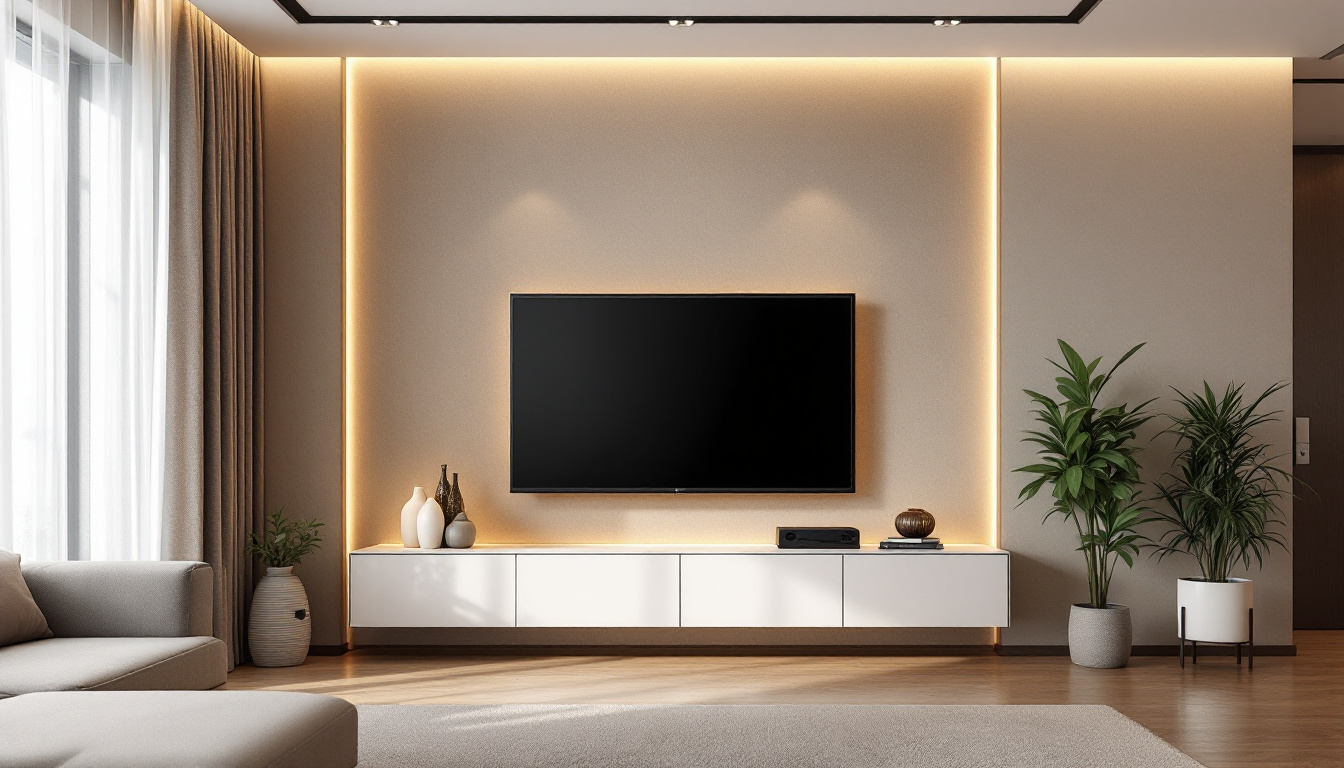What Is Contrast On A TV: LED Display Explained
In the world of television technology, contrast plays a pivotal role in determining the quality of the viewing experience. It refers to the difference between the brightest whites and the darkest blacks that a display can produce. Understanding contrast is essential for anyone looking to purchase a new television or simply wanting to enhance their viewing experience. This article delves into the intricacies of contrast in LED displays, explaining its importance, measurement, and impact on picture quality.
The Basics of Contrast
Contrast is a fundamental aspect of visual perception. In the context of televisions, it is the ratio between the brightest and darkest parts of an image. A higher contrast ratio means that a TV can display a broader range of brightness levels, resulting in more vibrant and lifelike images. Conversely, a lower contrast ratio can lead to washed-out colors and a less engaging viewing experience. This is particularly important for cinematic experiences, where the depth of color and shadow can significantly affect storytelling and emotional engagement.
Moreover, the importance of contrast extends beyond just televisions; it plays a crucial role in photography, graphic design, and even web design. For instance, in photography, a well-balanced contrast can bring out details in both the highlights and shadows, creating a more dynamic and compelling image. Similarly, in graphic design, effective use of contrast can guide the viewer’s eye and enhance readability, making it a vital tool for effective communication.
Understanding Contrast Ratios
Contrast ratios are typically expressed in a numerical format, such as 1000:1 or 3000:1. The first number represents the brightness of the brightest white, while the second number indicates the brightness of the darkest black. For instance, a contrast ratio of 1000:1 means that the brightest part of the image is 1000 times brighter than the darkest part. This ratio is crucial for determining how well a display can reproduce images that contain both bright and dark elements, such as a sunset or a dimly lit scene in a movie.
However, it’s essential to note that not all contrast ratios are created equal. Manufacturers may use different methods to measure and advertise these ratios, which can lead to confusion among consumers. Some may employ techniques that artificially inflate contrast ratios, making it essential for buyers to look beyond the numbers. It’s advisable to look for independent reviews and tests to get a more accurate understanding of a TV’s performance. Additionally, understanding the ambient lighting conditions in which the TV will be used can also impact the perceived contrast, as brighter environments can wash out darker images.
Types of Contrast
There are two primary types of contrast that are relevant to LED displays: static contrast and dynamic contrast. Static contrast refers to the fixed ratio of brightness levels that a display can achieve at any given moment. In contrast, dynamic contrast refers to the ability of a TV to adjust its brightness levels in real-time, depending on the content being displayed. This adaptability can be particularly beneficial for scenes with rapid changes in lighting, such as action sequences or dramatic shifts in a movie’s setting.
Dynamic contrast can enhance the viewing experience by improving the depth of shadows and highlights, but it can also lead to inconsistencies in picture quality. Many viewers prefer static contrast for its reliability, while others appreciate the enhanced effects of dynamic contrast. Additionally, advanced technologies like HDR (High Dynamic Range) have emerged, which aim to provide an even greater range of contrast and color accuracy. HDR content can take full advantage of both static and dynamic contrast capabilities, allowing for a more immersive viewing experience that closely resembles what the human eye can perceive in real life. This evolution in display technology continues to push the boundaries of how we experience visual media, making contrast an ever-important factor in our viewing choices.
The Importance of Contrast in LED Displays
Contrast is crucial for several reasons, particularly in LED displays, where the technology can significantly affect the overall picture quality. A high contrast ratio enhances the depth and richness of colors, making images appear more realistic. This is especially important for movies and video games, where visual immersion is key.
Enhancing Color Depth
One of the most significant benefits of high contrast is its ability to enhance color depth. When a display can effectively differentiate between light and dark areas, it allows for a broader spectrum of colors to be represented. This results in more vivid and dynamic images, making it easier for viewers to engage with the content.
For instance, a scene set in a dimly lit room will have more depth and detail on a TV with high contrast. Shadows will appear richer, and highlights will pop, creating a more immersive experience. This is particularly important for genres like horror or drama, where the mood is often conveyed through lighting.
Improving Detail in Dark Scenes
Another critical aspect of contrast is its ability to improve detail in dark scenes. Many viewers have experienced the frustration of watching a movie only to find that crucial details are lost in the shadows. A TV with a high contrast ratio can reveal these details, allowing viewers to appreciate the cinematography fully.
This is particularly relevant in action films or thrillers, where dark scenes are common. A display that excels in contrast will ensure that viewers do not miss important plot elements hidden in the darkness.
Factors Affecting Contrast in LED Displays
Several factors can influence the contrast performance of LED displays. Understanding these factors can help consumers make informed decisions when purchasing a television.
Panel Technology
The type of panel used in a TV can significantly impact its contrast capabilities. Common types of panels include IPS (In-Plane Switching), VA (Vertical Alignment), and OLED (Organic Light Emitting Diodes). Each of these technologies has its strengths and weaknesses regarding contrast.
For instance, VA panels typically offer better contrast ratios than IPS panels, making them a popular choice for home theater setups. On the other hand, OLED displays provide exceptional contrast due to their ability to turn off individual pixels, resulting in true blacks. Understanding these differences can guide consumers in selecting the right TV for their needs.
Ambient Light Conditions
The environment in which a TV is placed can also affect its perceived contrast. Bright rooms with lots of ambient light can wash out colors and reduce the effectiveness of contrast. Conversely, darker rooms can enhance the viewing experience, allowing the contrast to shine.
For optimal performance, it is advisable to consider the lighting conditions of the room where the TV will be used. Many modern TVs come with settings that can help adjust brightness and contrast levels based on ambient light, providing a better viewing experience regardless of the environment.
Calibration and Settings
Proper calibration of a TV can significantly enhance its contrast performance. Many TVs come with preset picture modes, but these may not always provide the best results. Taking the time to adjust settings such as brightness, contrast, and gamma can lead to a more enjoyable viewing experience.
For those who are less experienced with calibration, there are various tools and guides available online. Professional calibration services are also an option for those seeking the best possible picture quality. Investing in proper calibration can make a noticeable difference in how contrast is perceived on the screen.
Measuring Contrast Performance
Measuring the contrast performance of a TV can be a complex task, as it involves various factors and methodologies. Several tests and tools can be employed to evaluate contrast, providing consumers with a clearer understanding of a TV’s capabilities.
Using Test Patterns
One common method for measuring contrast is through the use of test patterns. These patterns are designed to highlight different levels of brightness and color, allowing viewers to assess how well a TV can reproduce contrast. Many calibration discs and online resources provide these test patterns, making them accessible for consumers.
By observing how well a TV can display these patterns, viewers can gain insight into its contrast performance. This method is particularly useful for those who are serious about achieving the best picture quality possible.
Independent Reviews and Tests
Another valuable resource for understanding contrast performance is independent reviews and tests conducted by experts in the field. Various technology websites and publications regularly evaluate and compare TVs, providing detailed insights into their performance, including contrast ratios.
These reviews often include side-by-side comparisons, allowing consumers to see how different models stack up against one another. Relying on expert opinions can help consumers make informed decisions when selecting a television.
Conclusion: The Role of Contrast in Your Viewing Experience
In conclusion, contrast is a vital component of LED displays that significantly impacts the overall viewing experience. A high contrast ratio enhances color depth, improves detail in dark scenes, and creates a more immersive environment for viewers. Understanding the factors that influence contrast, such as panel technology and calibration, can aid consumers in making informed decisions when purchasing a TV.
As technology continues to evolve, the importance of contrast in television displays remains constant. Whether watching a thrilling action movie or enjoying a serene nature documentary, the quality of contrast can make all the difference in how content is perceived. By prioritizing contrast in their search for a new television, consumers can ensure they invest in a display that provides an exceptional viewing experience.
Ultimately, the right balance of contrast, color accuracy, and detail will lead to a more enjoyable and engaging experience for viewers, allowing them to appreciate the artistry and storytelling that goes into their favorite films and shows.
Discover the Ultimate Viewing Experience with LumenMatrix
Ready to elevate your viewing experience with unparalleled contrast and color depth? Look no further than LumenMatrix, where innovation meets excellence in LED display technology. Our comprehensive range of solutions, from Indoor and Outdoor LED Wall Displays to Custom and All-in-One LED Displays, is designed to bring your visual communication to life. Whether for captivating advertising, live sports events, or dynamic public installations, LumenMatrix is committed to enhancing your brand visibility and audience engagement. Check out LumenMatrix LED Display Solutions today and transform the way you share your message with the world.

